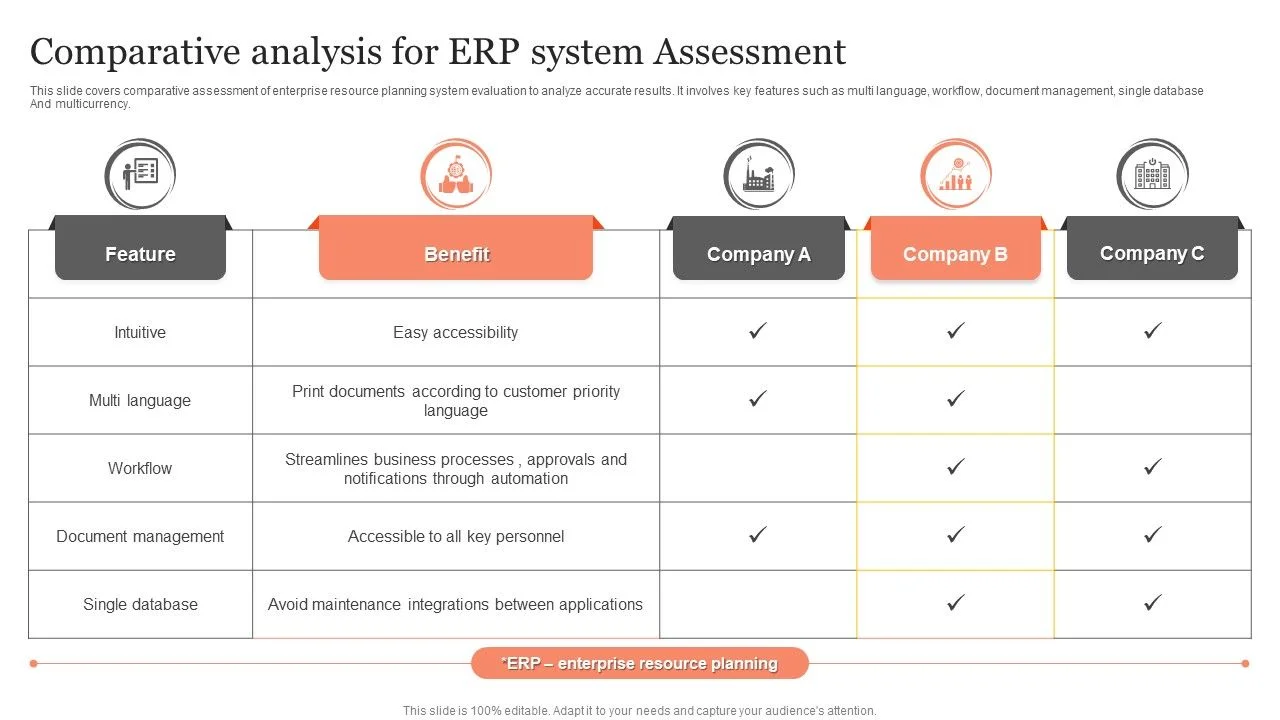Selecting the right ERP (Enterprise Resource Planning) solution for schools involves evaluating various systems based on their features, usability, and integration capabilities. This comparative analysis provides insights into how leading ERP solutions differ and what each offers to educational institutions.
Features and Functionality: Top ERP solutions vary in their features, with some offering comprehensive modules for student information management, financial tracking, and human resources, while others focus on specific areas like academic scheduling or admissions. Schools should assess which features align best with their needs. For example, systems like PowerSchool and Skyward provide robust academic management tools, while Blackbaud and FACTS excel in financial management and fundraising capabilities.
Usability: The ease of use is crucial for successful ERP adoption. Systems with intuitive interfaces and user-friendly designs, such as Schoology and Infinite Campus, tend to have higher user satisfaction. Schools should consider the learning curve and the level of training required for staff to effectively use the system.
Integration Capabilities: ERP systems must integrate seamlessly with other tools and platforms used by the school, such as learning management systems (LMS) and communication tools. Ellucian and NetSuite offer extensive integration options, allowing schools to connect with various educational and administrative tools efficiently.
Support and Training: Effective support and training are essential for smooth implementation and ongoing use. Leading ERP providers offer comprehensive support services, including training programs, user manuals, and help desks. ClassLink and Jenzabar are noted for their robust support and training resources.
Cost and Scalability: Budget considerations and scalability are also important. ERP systems vary in cost based on their features and the number of users. Solutions like RenWeb and SCHOOL EDGE offer scalable options that can grow with the school’s needs while keeping costs manageable.
In conclusion, a thorough comparative analysis of ERP solutions helps schools choose the system that best fits their needs by examining features, usability, integration, support, and cost. This ensures that the selected ERP solution will effectively support the school’s administrative and educational goals.
